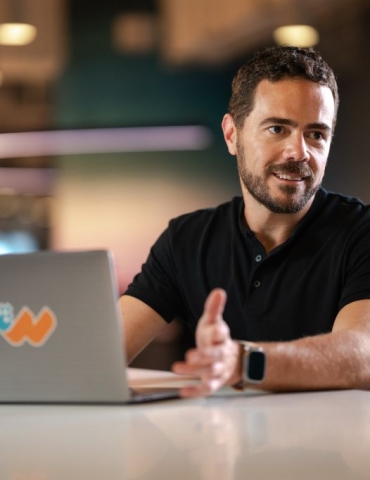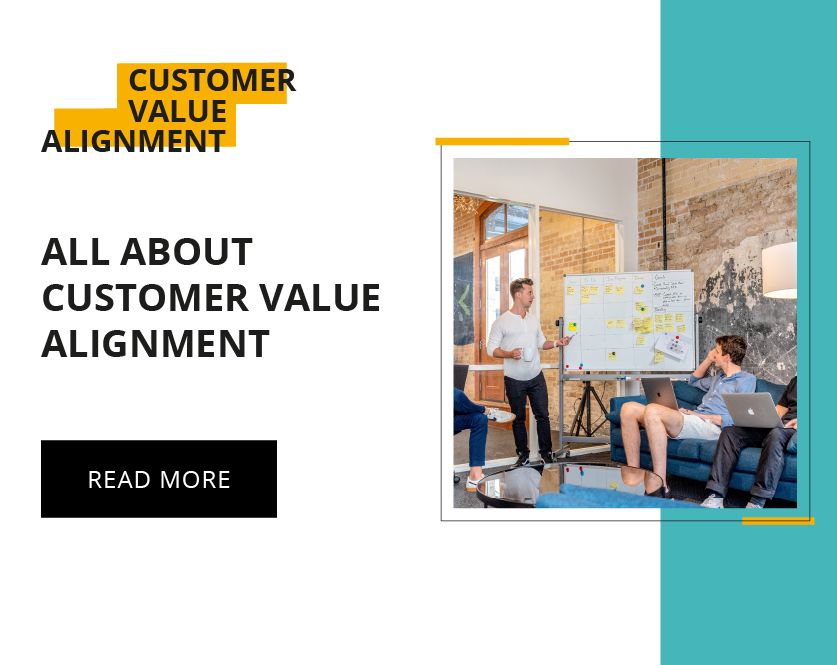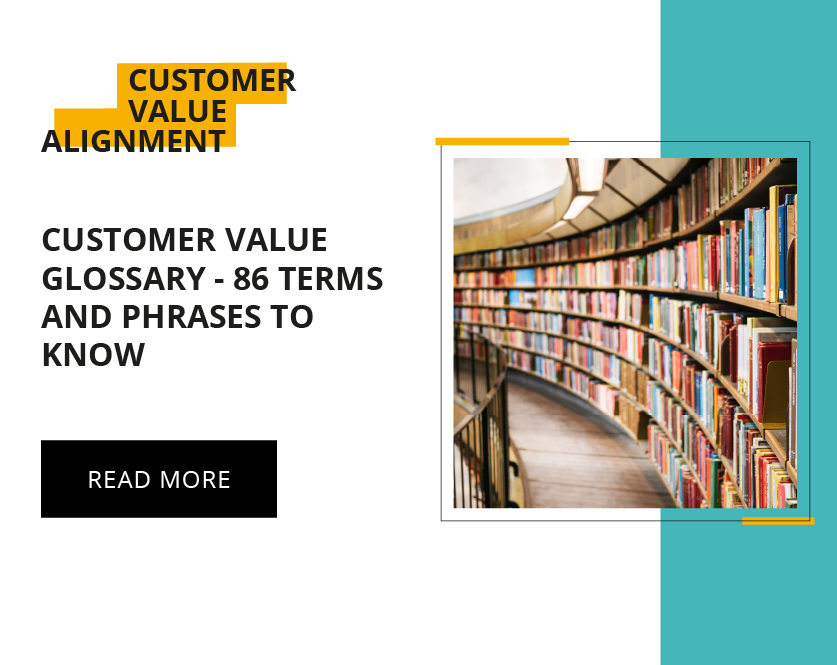We have previously discussed the Customer Value Alignment cycle and how companies use the insights gathered from customer-led conversations to help decide where to invest their money and resources. This enables them to have the greatest impact on their customer’s perceived value of their products/services. The three steps are:
- Step 1: Track customer value
- Step 2: Find actionability
- Step 3: Co-create innovation
The blog dives deeper into the three steps. In this post, I will focus on the breakdown of Step 1, how it is assessed, and how it is presented in our dashboard.
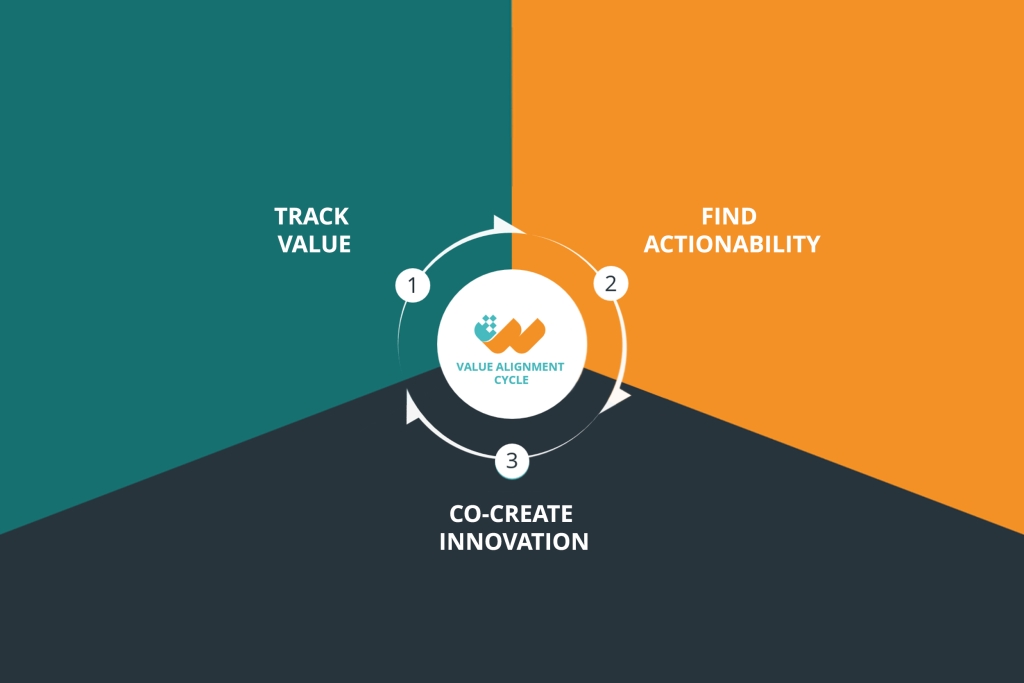
Tracking Customer Value – Internal & External Factors
To track what is truly valuable to the end user, Worthix holds customer-led conversations harnessing AI to better understand the internal and external factors that affect the respondent’s perception of value. In our platform, the accumulation of the findings is in the Worth Index and broken down into a SWOT analysis. Our goal with Worthix was to find a way for our users to get deep insights into their customers, and for it to be as simple and user-friendly as possible, such that anyone in the organization can log in and use it if they need. Let’s get into it.
The Worth Index (Worthix) is the average score given by all respondents to the first question: Is X product/service/brand worth it? This question is how the conversation is initiated and the customer takes it from there. We have found that this indicator can be correlated to business metrics such as revenue, profit, retention, and more. What is more interesting, however, is everything that makes up that number.
The Worth Index is broken down into a SWOT analysis where the Strengths (S) and Weaknesses (W) are made up of internal factors, those within a company’s ability to impact. These are broken down into tangible and intangible benefits. Tangible benefits include the 5 Ps of Marketing: Price, Product, People, Place, and Promotion. The intangible benefits are related to marketing and brand differentiators such as social proof and brand identification.
The Opportunities (O) and Threats (T) are the External factors that are beyond a company’s power to change. Worthix focuses on competitors and the impact they have on your customer’s perception of value. Competitors are not only who a company would regard as direct competition, but any other alternative your customers consider when deciding to buy the product/service at hand.
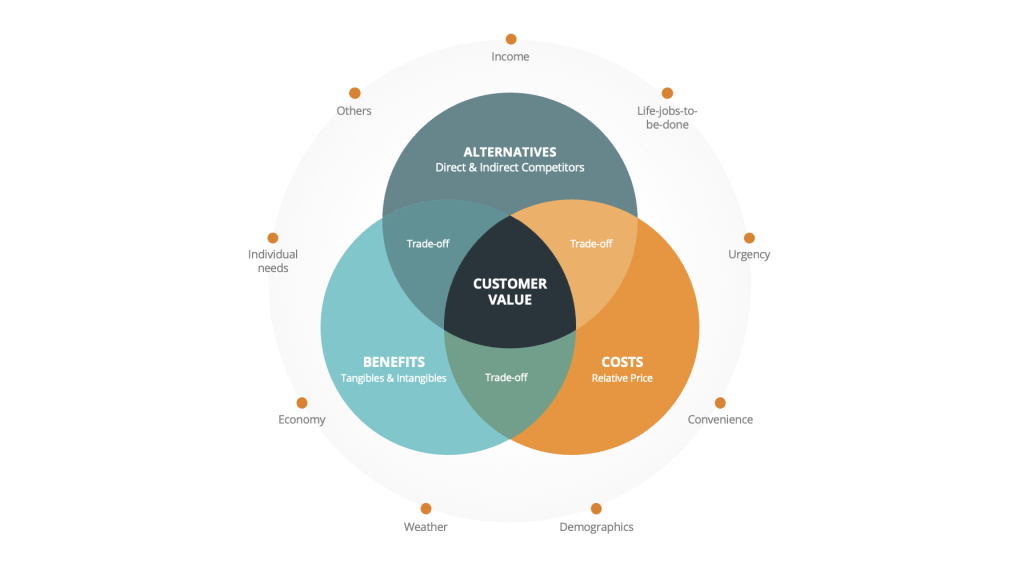
Completing the Customer Value Cycle
The dashboard shows the insights in a very user-friendly and interactive way, allowing you to click on each part of the SWOT analysis and get deeper insights. The insights can (and should) also be filtered by metadata (age, gender, location, store, shopping history, etc.), which makes the findings more actionable. I won’t give too much of that away now! We will save that for our next blog post where we discuss Step 2: Finding actionability, and the role it plays in the CVA cycle. If you are interested in seeing a demo, click here so we can schedule one.
Track your value with the world’s only Customer Value Alignment Platform